By Tommy Clarkson from the June 2014 Edition
Air Root Bromeliads (Tillandsia)
Family: Bromeliaceae
Also known as: Air plants
While in 4-H as a youth in western Kansas, I learned in entomology studies that technically speaking all bugs are insects but all insects are not bugs. In the plant world a comparable corollary is that while all Tillandsias are Bromeliads not all Bromeliads are Tillandsias!
Tillandsia is a genus, of somewhere around 600 species that grow in a tremendous variety of sizes, shapes, and textures, blooming in a delightful array of colors. Suffice it to say, lots is still being learned about them, new varieties are found regularly and identification of specific plants is sometimes difficult. Many are surprised to learn that they are in the same botanical family as pineapples.
Within this genus is an array of epiphytes (air plants) that, generally, grow without soil. (Whereas most other types of Bromeliads prefer their root feet firmly planted in Mother Earth.) Perhaps the best known in this genus is Spanish moss or Tillandsias usneoides. The roots of the air plants are mainly used for support and are not parasitic.
Their absorption of water and nutrients occurs through small scales on their leaves which are called trichomes. It is these that give many air plants their basic silver or gray appearance. However, many of these unique plants undergo a dramatic color change as they prepare to bloom. Yet more fun is the fact that some have a luscious fragrance attendant to their magnificent flowers!
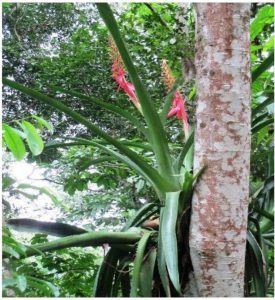
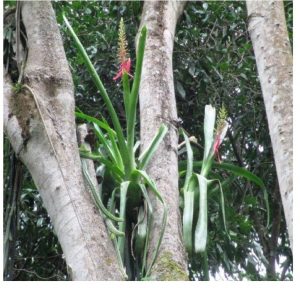
Hundreds of different varieties of these “air plants” proliferate from coastal Virginia in the US to Tierra del Fuego, at the very tip of South America. They range from rain forests to arid desert environments, thriving from sea level to high mountain regions as they make their homes – with those wire-like anchoring roots – on trees, rocks, cliffs, and even various types of cacti.
While liking good air circulation, it is through their leaves that they derive their water and nutrient needs
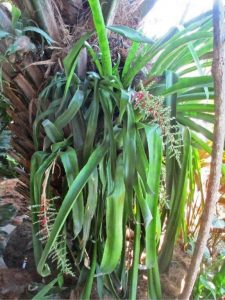
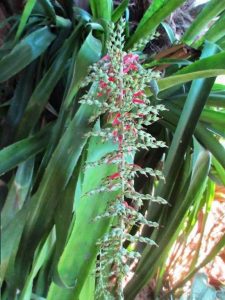
One of the most adaptable of plant families, these versatile and tenacious characters have a ferocious desire to survive. Those varieties with the thin-leaves tend to grow where they can receive more rain, whereas the thick-leaf varieties can take more drought.
While, generally speaking, they like bright, indirect light, some varieties do enjoy the early morning sun which allows them to change colors before they bloom.
The growth cycle of the Tillandsias start with a singular plant growing to maturity and then blooming. One to two months after that bloom has died, around the base of this “mother plant” new plants will form. In turn, they will mature and complete their respective blooming cycle.
I’ve read that indoor Tillandsias should be sprayed with water two to three times a week, and those outdoors four to five times a week. Ours, having come from “the wild” where they might have not had rainwater for weeks at a time, get a “drink” twice a week and seem to appreciate it!
Relative to that, we “harvested” our specimens following a wind storm that blew several down from 100’ (app. 30 meters) up in some ancient tropical hardwoods in an area, of about 3,000 foot elevation, we love to explore. We’ve found that ours bloom much longer than those “in the wild” perhaps of our regular spraying of them with water.
If you can get it, use bromeliad fertilizer (17-8-22) twice a month as it greatly enhances your plants blooming and reproduction. It its absence, other water-soluble fertilizers can be used at 1/4 strength I use plain old, dependable, Miracle-Grow.
How about those babies (pups) on a mother plant? Leave them alone. Tillandsias are a social lot and much heartier if left to form their own colony. However, cutting off flower blooms, when its color dries up, is an altogether different thing. Likewise with the dried up and dead “mother” plant after new plants have formed. If more than one new plant has formed and you feel the driven compulsion to do so once they reach the size of the mother plant they can be removed.
Another positive factor regarding species of Tillandsia is that these guys are free of pest and disease problems.
And, lastly, since Tillandsia’s are epiphytes, the mounting medium on which you wish to grow them is, for all intents and purposes, limited only by your imagination. For instance, I’ve seen some very attractively presented in sea shells, on old pieces of wood, in gravel terrariums or attached to a hunk of cork!
Download the full edition or view it online
—
Tommy Clarkson is a bit of a renaissance man. He’s lived and worked in locales as disparate as the 1.2 square mile island of Kwajalein to war-torn Iraq, from aboard he and Patty’s boat berthed out of Sea Bright, NJ to Thailand, Germany, Hawaii and Viet Nam; He’s taught classes and courses on creative writing and mass communications from the elementary grades to graduate level; He’s spoken to a wide array of meetings, conferences and assemblages on topics as varied as Buddhism, strategic marketing and tropical plants; In the latter category he and Patty’s recently book, “The Civilized Jungle” – written for the lay gardener – has been heralded as “the best tropical plant book in the last ten years”; And, according to Trip Advisor, their spectacular tropical creation – Ola Brisa Gardens – is the “Number One Tour destination in Manzanillo”.
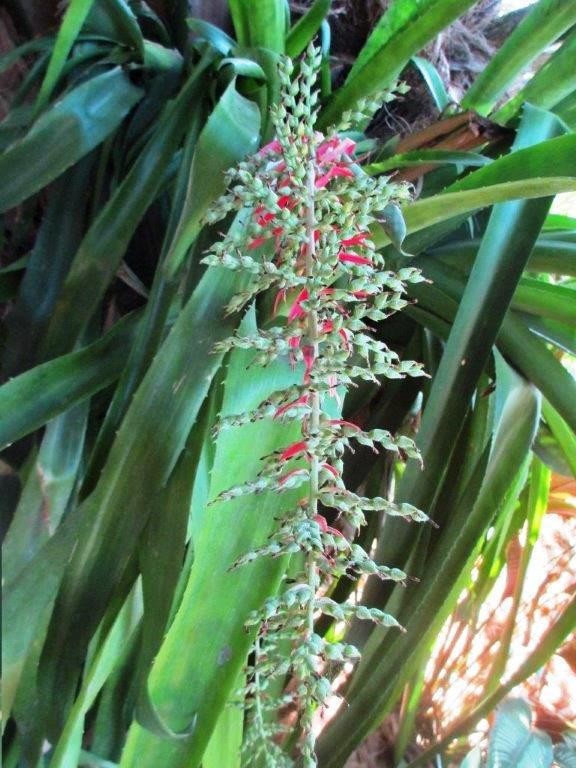

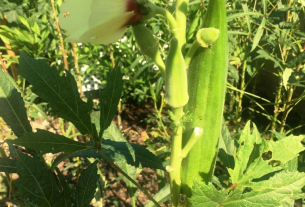


You must be logged in to post a comment.